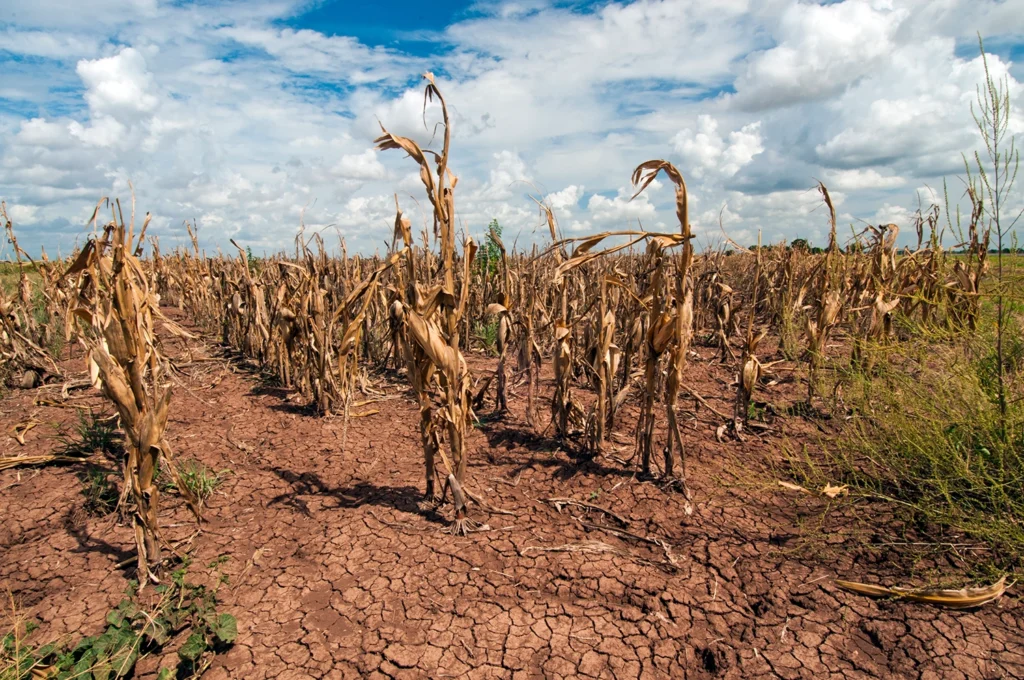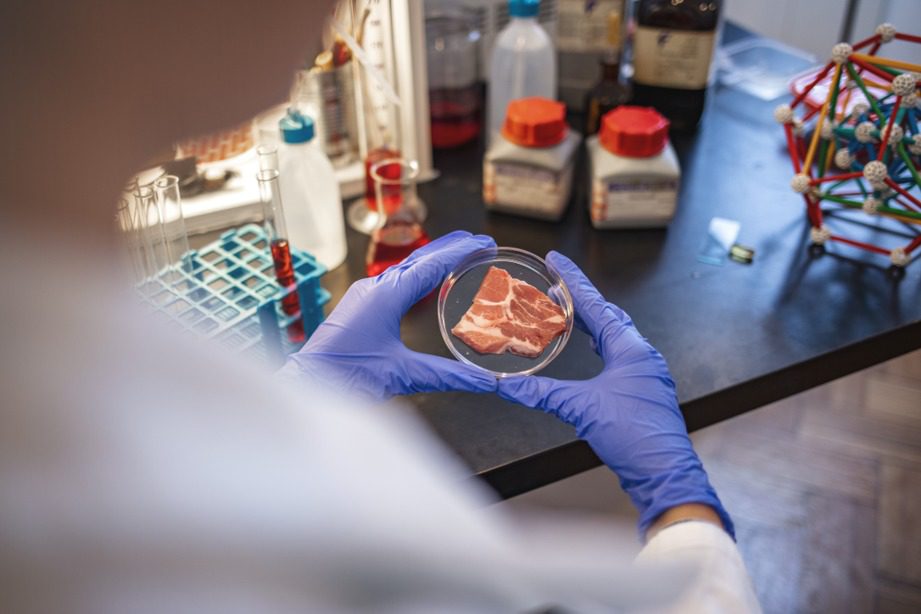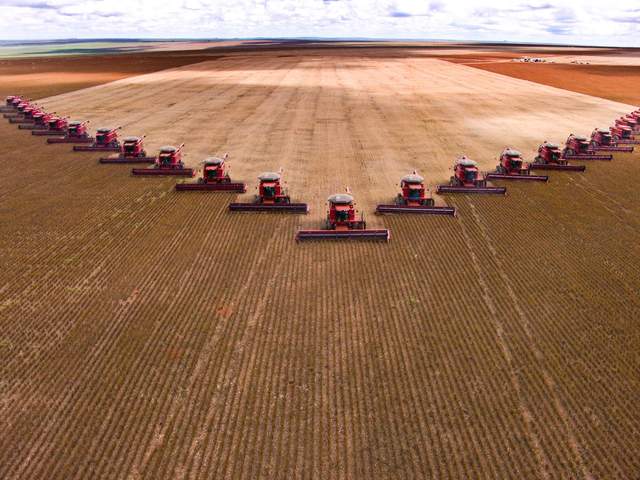Cellular Agriculture Could be a Solution to the Global Food Supply Chain Crisis that is Currently Being Made Worse by Heat Waves and Limited Rain That Have Led to Dry Reservoirs in Europe and Reduced US Crop Yields
TORONTO, Aug. 23, 2022 /CNW/ – CULT Food Science Corp. (“CULT” or the “Company”) (CSE: CULT) (OTC: CULTF) (FRA: LN0), an innovative investment platform with an exclusive focus on cellular agriculture that is advancing the development of novel technologies to provide a sustainable, environmental, and ethical solution to the global factory farming and aquaculture crises, is spotlighting information that continues to show that cellular agriculture has significant water-saving and other sustainable properties when compared to traditional methods of food production. In addition, the current severe summer weather being experienced across Europe and the United States (“US“) further supports the need to advance cellular agriculture in order to use water more efficiently.
Accordingly, over the past year CULT has invested in a number of early-stage cellular agriculture opportunities that are also focused on water preservation and sustainability, including, but not limited to:
- CELL AG TECH, a company focused on producing cell-cultured seafood in an effort to improve marine ecosystems;
- Change Foods, a cellular agriculture start-up company that is striving to create non-dairy cheese using less water, land, and energy;
- De Novo Dairy, a food-tech company that works to develop cell-based dairy products;
- Jellatech Inc., a company focused on producing cellular cultivated collagen, that has produced its first prototype this year;
- Opalia Co., a cell-based dairy production company that aims to supply sustainable dairy made by mammary cells; and
- Pearlita Foods, the world’s first cell-based oyster company, which produced its first prototype this year.

Global Warming and Climate Change is Causing Droughts
- Climate change is contributing to more droughts and water shortages on multiple continents around the world.1
- Northern Italy is facing its worst drought in 70 years, and more than 43% of US states are currently experiencing droughts.1
- More than 2.3 billion people are currently facing water stress and nearly 160 million children are exposed to severe and prolonged droughts.2
- In the past 20 years, droughts have triggered global economic losses of about $124 billion.2
Drought Leads to Limited Food Production, Food Shortages, and Increased Food Insecurity
- The Colorado River, which supplies water to 40 million people in the US and Mexico and supports billions of dollars of agricultural production across the region, has shown immense depletion in its reservoirs, Lake Mead and Lake Powell, where water levels are at just 28 percent of total capacity.3
- An estimated 700 million people at risk of displacement, due to drought, by 2030.2
- An estimated 1 in 4 children will live in areas with extreme water shortages, by 2040.2
- As global demands for meat are rapidly increasing, food production must increase by almost 70% in less than 30 years in order to supply the world’s growing population.4

Cellular Agriculture is Expected to be a Sustainable Solution
- Cell-based foods can help to significantly reduce the amount of water required for food production, contribute to the solution of global droughts and food shortages, and provide a long-term solution based on currently available research.
- Cultivating meat from cells could cut the climate impact of meat production by up to 92%.5
- Cultivated seafood does not depend on access to the high volume of specific bodies of water and cultivated meat does not require mass deforestation.5
- Cultured meat could result in a reduction of 95% of land use, and 82-96% of water requirements.6
- Cellular agriculture is less susceptible to drought, flood, and wildfires and can reduce dependency on global trade with less greenhouse gas emissions due to a decrease in food transportation as the location of production facilities is independent of the location of arable land.5
- Cell-based production reduces the risks of chemical contamination, spoilage, and foodborne and zoonotic illnesses from microbial pathogens like E. coli, and Salmonella, compared to the conventional production of meat.5

Management Commentary
“Investing in cellular agriculture is investing in a sustainable future,” said Lejjy Gafour, Chief Executive Officer of CULT. “The current research speaks for itself – the food crisis is likely to continue worsening without a sustainable food production solution. We firmly believe that cellular agriculture is the answer. Given the current pace of change that is happening globally we must take steps to address these problems now if we want to achieve real positive impact,” added Mr. Gafour.
Background Information
More information about the droughts in Europe can be found in this New York Times article: https://www.nytimes.com/2022/08/18/world/europe/drought-heat-energy.html
About CULT Food Science
CULT Food Science Corp. is an innovative investment platform with an exclusive focus on cellular agriculture that is advancing the development of novel technologies to provide a sustainable, environmental, and ethical solution to the global factory farming crisis. The first-of-its-kind in North America, CULT Food Science aims to provide individual investors with unprecedented exposure to the most innovative start-up, private or early-stage cultivated meat, cell-based dairy and other cultured food companies around the world.
Additional information can be found by viewing the Company’s website at www.cultfoodscience.com or its regulatory filings on www.sedar.com.
Endnotes
| 1. | “Droughts are getting worse around the world, here’s why and what needs to be done”, by Stefan Ellerback, World Economic Forum, August 12, 2022, https://www.weforum.org/agenda/2022/08/drought-water-climate-un/ |
| 2. | “World ‘at a crossroads’ as droughts increase nearly a third in a generation”, United Nations, May 12, 2022, https://news.un.org/en/story/2022/05/1118142 |
| 3. | “A New Round of Colorado River Cuts Is Announced”, by Henry Fountain, New York Times, August, 16, 2022, https://www.nytimes.com/2022/08/16/climate/colorado-river-lake-mead-water-drought.html |
| 4. | “Is cellular agriculture the climate-friendly answer to growing food demands”, by Ilija Aprcovic, World Economic Forum, November 4, 2021, https://www.weforum.org/agenda/2021/11/cellular-agriculture-climate-friendly-answer-to-food-demands/ |
| 5. | “Cellular Agriculture: A Stepping Stone to a Sustainable Future”, The Future of Protein Production, 2022, https://www.futureofproteinproduction.com/post/cellular-agriculture-a-stepping-stone-to-a-sustainable-future |
| 6. | “What are the Benefits of Cellular Agriculture?”, proveg international, August 25, 2020, https://proveg.com/blog/what-are-the-benefits-of-cellular-agriculture/ |











